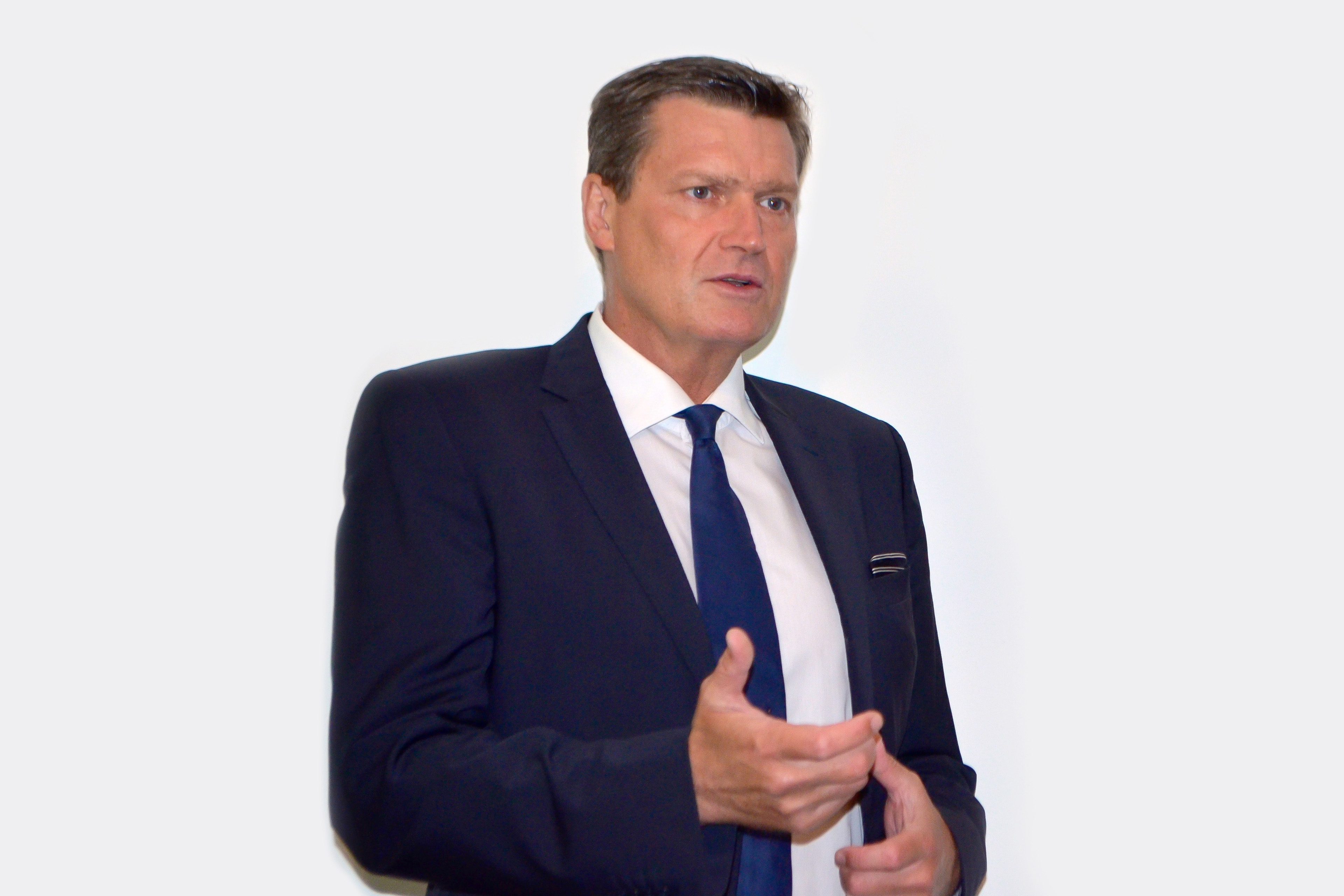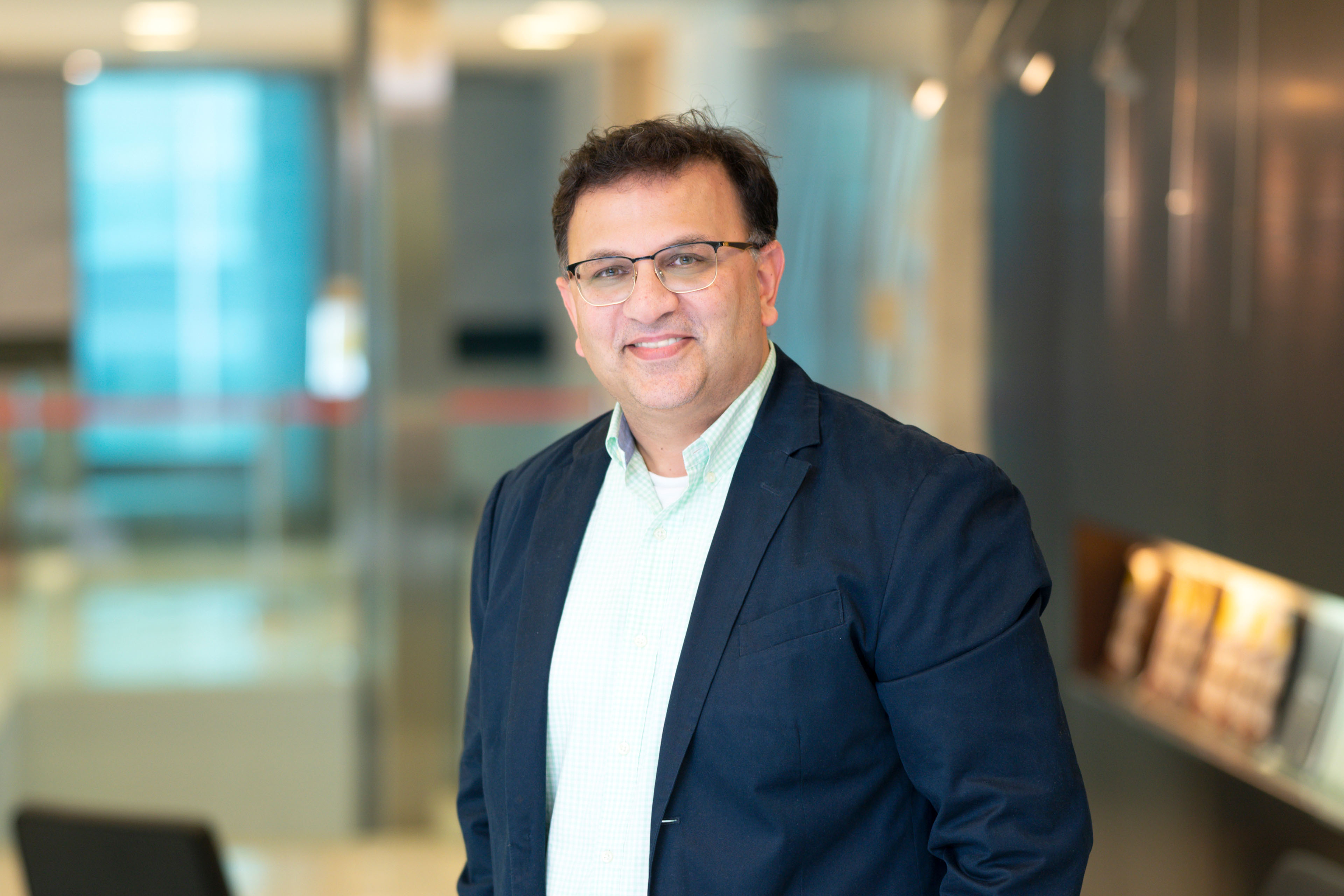EY refers to the global organization, and may refer to one or more, of the member firms of Ernst & Young Global Limited, each of which is a separate legal entity. Ernst & Young Global Limited, a UK company limited by guarantee, does not provide services to clients.
Sustainable enterprise asset management services

What EY can do for you
Environmental sustainability stands out as one of the most critical challenges of our generation. In addition, aging infrastructure, budgetary constraints and increased mobility require radical new ways of working to act more sustainably, effectively and efficiently.
Companies must fundamentally rethink how they capture data, report their carbon emissions to meet regulatory standards, and act to reduce emissions by reshaping strategies, tactics and operations.
Enabling decarbonization through sustainability insights on assets
To build a sustainable world, we must build more sustainable economies, societies, and communities and the infrastructure which supports and enables them. Civil infrastructure companies which own, build, and operate our roads, railways, bridges, and tunnels play a vital role in this.
The sustainability agenda impacts decision-making in companies and requires operators to act and rethink efforts when planning, constructing, and maintaining civil infrastructure.
Civil infrastructures operators and owners face several challenges:
- Aging infrastructure and sustained underinvestment affect reliability and can result in collapses, fatalities, and inefficient operations.
- Increased mobility from urbanization and growing population will force capacity challenges and increased business demand.
- Technology and data changes how we operate. For example, sensors, data analytics and automation enable better planning and optimized maintenance.
- The sustainability obligation has strategic importance with new regulation and public awareness increasing.
The challenges are staggering, and companies need to:
- Decrease downtime and improve maintenance outcomes — up to 40% of scheduled maintenance has negligible impact on failure. Up to 30% of maintenance activities are carried out too often, resulting in increased costs — and not focusing on the most effective use of maintenance spend.
- Derive better value and insights from data — 82% of asset failures appear randomly and almost all asset data collected goes unused or not used effectively.
- Meet global demand for sustainability — New and upcoming regulation, such as the EU Corporate Sustainability Reporting Directive (CSRD) and EU Taxonomy, as well as major public investments into sustainability. For example, the US Inflation Reduction Act, provides requirements and opportunities for civil infrastructure within sustainability.
Source: Asset management (ibm.com) (pdf)
Turning sustainability insights into action
Together with IBM, we are helping clients to address these challenges head on with Sustainable Enterprise Asset Management, which leverages our sustainability leadership position and IBM’s market leading EAM, AI and analytics capabilities.
Sustainable Enterprise Asset Management enables civil infrastructure operators to support decarbonization of asset management activities, which gives clients three distinct wins:
- Capture and structure data on Greenhouse Gas emission for Scope 1, 2 and 3.
- Report according to new EU regulations from 2025.
- Reduce and support continuous strategic decarbonization initiatives across the value chain.
The solution can be deployed alongside any EAM solution — not just IBM Maximo®. The core solution can also be readily deployed in other asset intensive industries including, but not limited to, Oil & Gas, Power & Utilities, Manufacturing and Telecom.
Sustainable Enterprise Asset Management utilizes IBM technology, including AI and machine learning, to enable concrete decarbonization. It focuses on three main reduction levers:
- Simulate work orders to choose the most sustainable way to carry out a task.
- Benchmark vendors and contractors based on their green profile.
- Ensure that experience and outcomes from past choices are built into future decision-making.
How to get started
With IBM, we have developed a six-week rapid start approach to help clients develop a compelling business case for improving sustainability, cost efficiency and maintenance effectiveness within asset management, delivering the following:
- Business Value Assessment outlining priority areas to deliver maximum benefits rapidly.
- Deployment of SEAM platform to identify potential areas of reduction.
- A carbon footprint baseline on direct and indirect emissions (Scope 1, 2 and 3).
- Methodology documentation for arriving at the emission baseline in accordance with upcoming regulation and standards.
Together, EY and IBM deliver transformative AI and hybrid cloud solutions to build a better, more sustainable working world.





